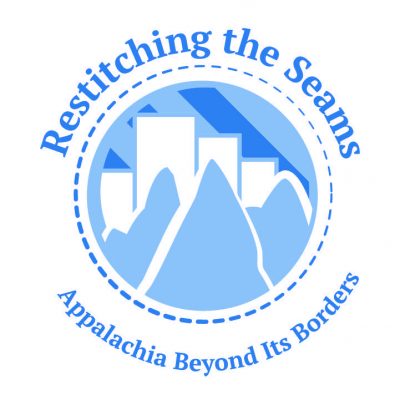Participation Type
Paper
Newgrass woman: the transformation of female sound and space in Appalachian music
Presentation #1 Abstract or Summary
In a recent interview, Cincinnati bluegrass legend Katie Laur observed that bluegrass music is moving toward conventions that aren’t “strictly bluegrass”. She continued to say that bluegrass now includes “a place for women, because there wasn’t a place for women before.” Understanding women’s place in bluegrass is significant because it in turn allows for a greater understanding of female agency in Appalachia. This paper is focused on the notion of a new and reinvented place for women in bluegrass and begins to answer the question Laur’s comment begs: What does that new place look like?
Laur’s story offers a unique and critical perspective, as she was one of the first women to front a bluegrass band. Instrumental as she was for women who followed, she faced discrimination. The chronicles of women in Appalachian music by scholars Mary A. Bufwack, Robert K. Oerman, and Murphy Hicks Henry provide a starting point for understanding the marginalization of female musicians. This presentation uses the music and careers of such musicians as Hazel Dickens, Alison Krauss, and Sierra Hull to trace a transformation in women’s place in bluegrass at the turn of the millennium and to test Laur’s hypothesis. In 2017, women are creating space for more progressive and inventive sounds: they are exploiting the versatility of the female voice and playing previously masculine instruments, but it doesn’t end there. This paper reveals how bluegrass’ “new place” is full of purpose and meaning for women in Appalachia.
At-A-Glance Bio- Presenter #1
Sophia Enriquez is from Batavia, Ohio. She is pursuing a doctoral degree in Musicology and a GIS (Graduate Interdisciplinary Specialization) in Folklore at The Ohio State University. Sophia graduated with a Bachelor of Music Education from West Virginia University where she performed with the WVU Bluegrass Ensemble as a vocalist and guitarist, as well as with the WVU Symphony Orchestra on trumpet. Currently, her research and interests include regional identity, women and gender in Appalachia, Bluegrass, and music of the American folk tradition. Sophia is involved with the Ohio State Appalachian Studies Network, the Columbus Folk Music Society, and is the contemporary worship leader at Bethel Presbyterian Church in Columbus, OH.
Conference Subthemes
Diversity and Inclusion
Newgrass woman: the transformation of female sound and space in Appalachian music
In a recent interview, Cincinnati bluegrass legend Katie Laur observed that bluegrass music is moving toward conventions that aren’t “strictly bluegrass”. She continued to say that bluegrass now includes “a place for women, because there wasn’t a place for women before.” Understanding women’s place in bluegrass is significant because it in turn allows for a greater understanding of female agency in Appalachia. This paper is focused on the notion of a new and reinvented place for women in bluegrass and begins to answer the question Laur’s comment begs: What does that new place look like?
Laur’s story offers a unique and critical perspective, as she was one of the first women to front a bluegrass band. Instrumental as she was for women who followed, she faced discrimination. The chronicles of women in Appalachian music by scholars Mary A. Bufwack, Robert K. Oerman, and Murphy Hicks Henry provide a starting point for understanding the marginalization of female musicians. This presentation uses the music and careers of such musicians as Hazel Dickens, Alison Krauss, and Sierra Hull to trace a transformation in women’s place in bluegrass at the turn of the millennium and to test Laur’s hypothesis. In 2017, women are creating space for more progressive and inventive sounds: they are exploiting the versatility of the female voice and playing previously masculine instruments, but it doesn’t end there. This paper reveals how bluegrass’ “new place” is full of purpose and meaning for women in Appalachia.

